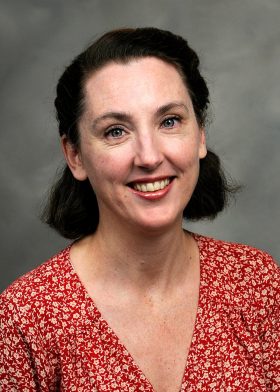In her second edited issue of CrossCurrents Journal, the associate professor of religious studies complicates the scholarly category of New Religious Movements and argues that this label "fails to recognize both old and new elements in any evolving religious tradition, classifies completely disparate groups solely on the basis of their 19th-21st century establishment dates (not doctrines, practices, or family-resemblances to host or cognate groups), and often ignores adherents’ claims to their continuity with established sects."

This issue of CrossCurrents tackles the questions of old-vs.-new and insider-vs.-outsider agendas in deploying the NRM label to other religious groups in America, India, China, Cuba and Greece. Five articles and a final interview thus address the larger questions about “the shifting sands of continuity” within religious traditions worldwide, and quesions the continued usefulness of a taxonomy premised on newness.
Winfield wrote the unifying Introduction, edited each article, and conducted the feature interview.
“New” Religious Movements? special issue. CrossCurrents Journal vol 64, no. 2 (June, 2014), 170-314.
http://onlinelibrary.wiley.com/doi/10.1111/cros.2014.64.issue-2/issuetoc
Reader, Ian. Religion in Contemporary Japan. (Honolulu: University of Hawaii Press, 1995) p. 234.


